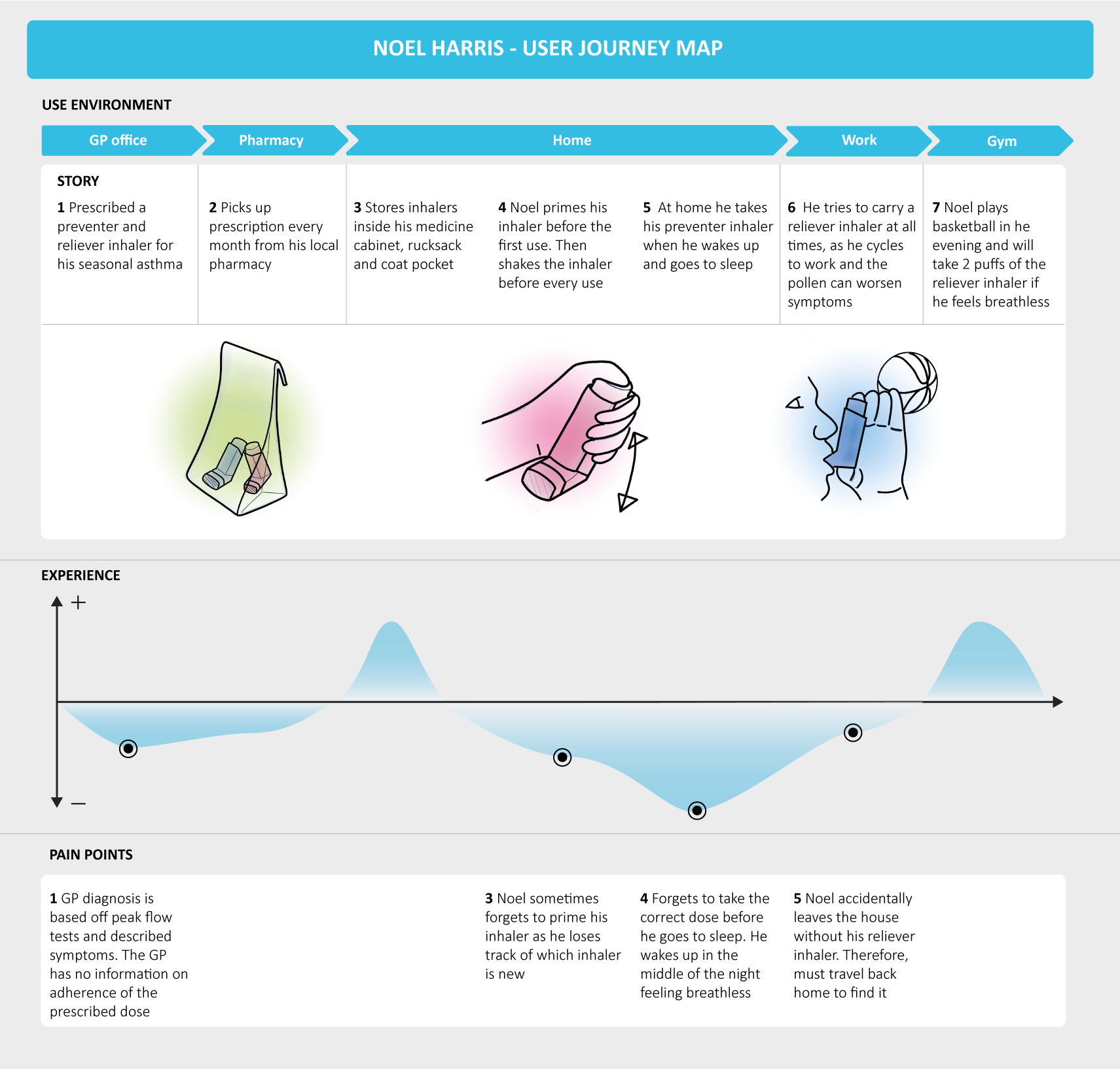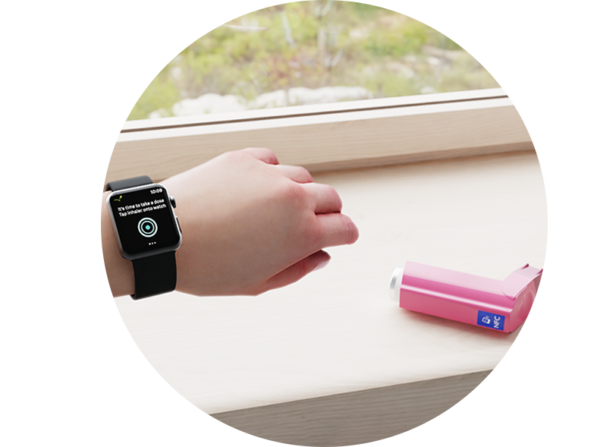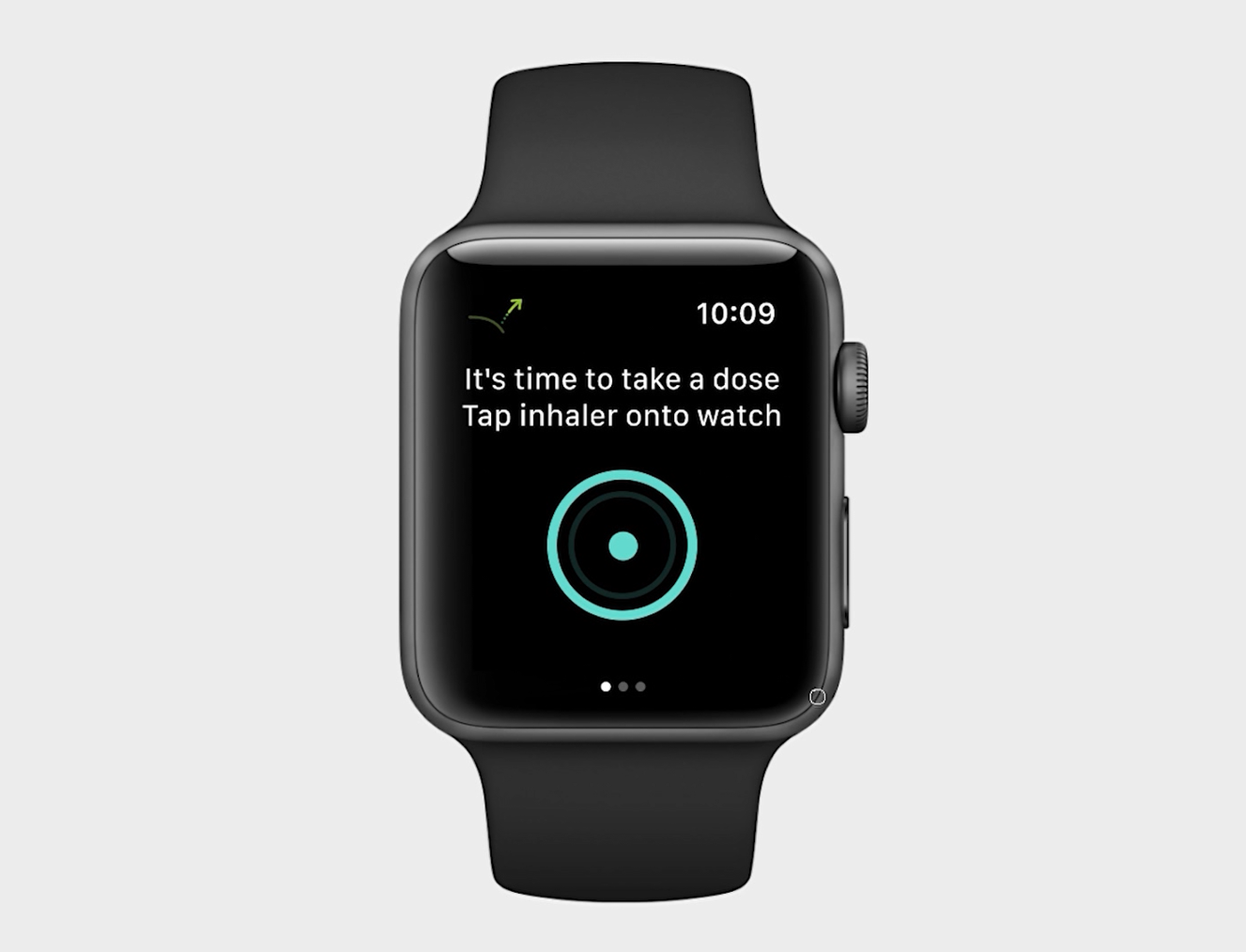
Our brand of design
Springboard’s product development process combines our knowledge of industrial design and human factors engineering with science and engineering to create products that are desirable, safe and effective with the end user at the heart of the design.
Industrial design
The goal is to create products that satisfy commercial and user needs. We are able to bring concept visions to life through:
- Concept generation and workshops
- Renders or photorealistic images
- Sketches and storyboards
- Animations
- Rapid prototypes and models
- Define colour, material and finish (CMF)
These outputs are always insight-led because the user is at the heart of our decision-making process.
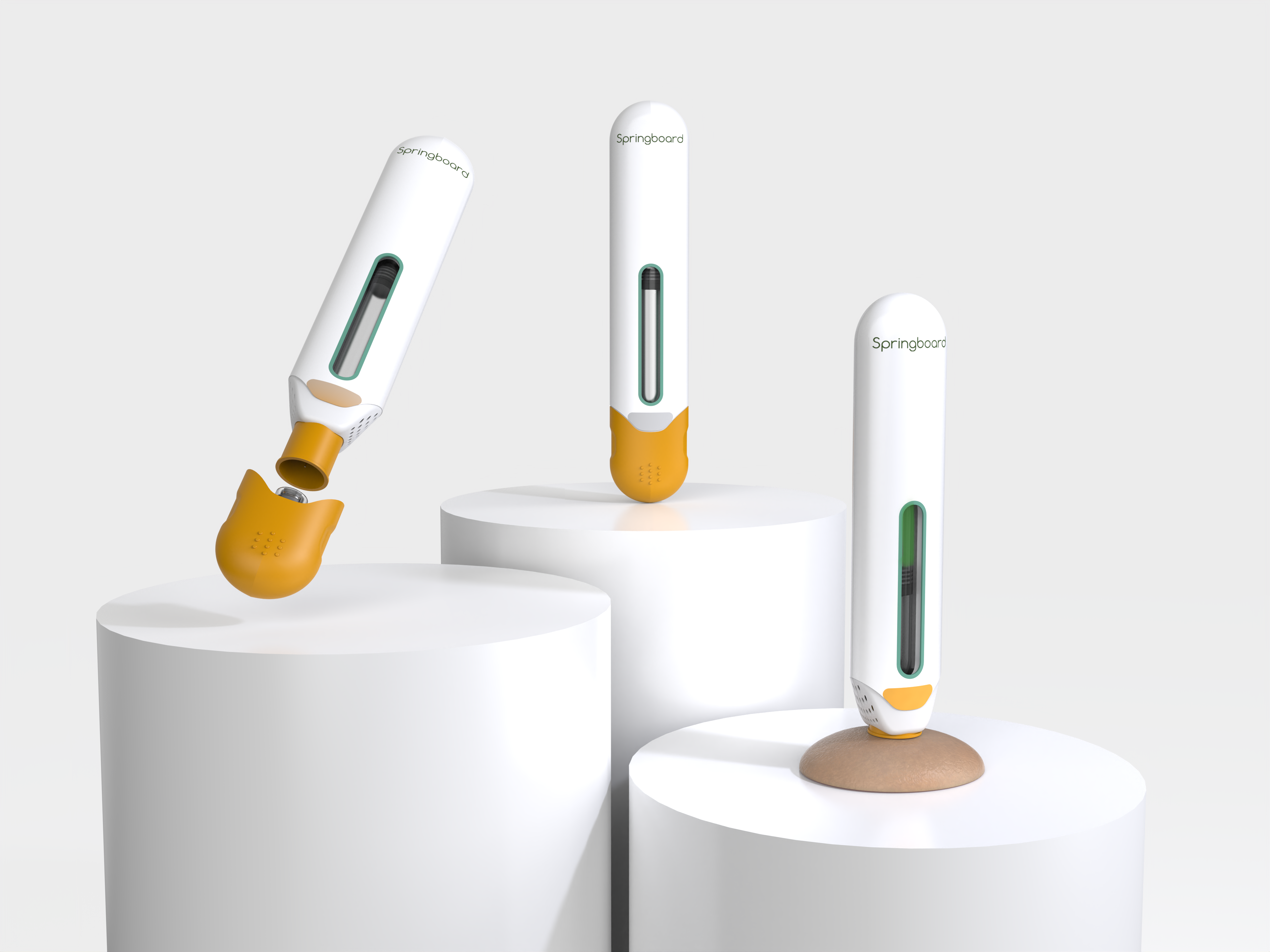
Human factors and usability engineering
We work to the requirements of both IEC 62366 and the FDA. Our dedicated on-site human factors room helps facilitate:
- Human factors engineering strategy and document generation
- User research: interviews, contextual enquiry, ethnographic
- Known use problem analysis
- Instructions, labelling and training design
- Task analysis
- Use related risk analysis (URRA) / user failure modes and effects analysis (uFMEA)
- Heuristic evaluation & expert review
- Formative evaluation, Human factors validation testing / summative evaluation
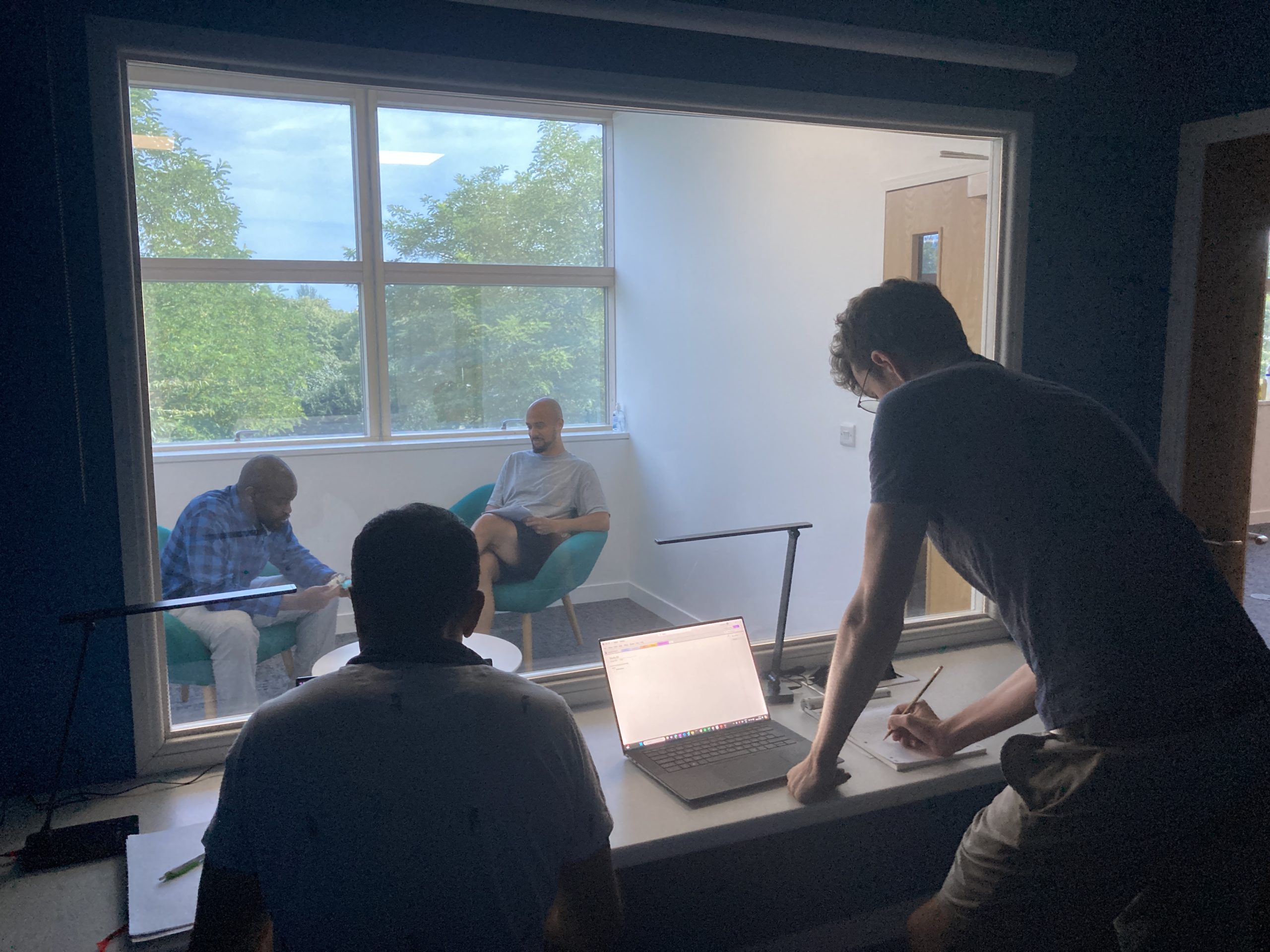
Digital user interface (UI) design
We help forward-thinking companies create digital products by combining user insight, graphics and interaction design.
Springboard follows operating system (OS) and interaction guidelines (e.g. ANSI/AAMI HE75) to build cohesive digital user interfaces. We have expertise in developing wireframes, interactive prototypes and design-to-development handoffs.
We work on a unified framework so designers and developers can work collaboratively. Moreover, we have experience in transferring designs from Adobe XD, Figma and Sketch to Qt tools
View our smart inhaler appUser experience (UX)
How you feel when you use a product determines how you might perceive a brand. We craft experiences that address pain points and delights the user. In early-stage development, we must identify user characteristics and how the product might fit into their lives. Then we can empathise with them while prototyping ideas.
Springboard’s UX process includes:
- Voice of the customer study (VoC) to gather insights
- Competitor research
- Design trend research
- Creating personas
- User journey mapping
- A/B testing
- Usability testing
